Coney Island
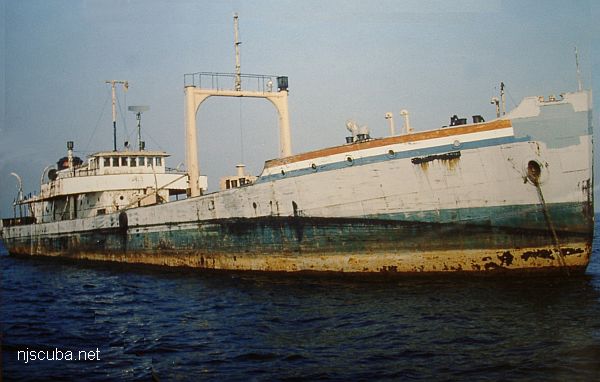
- Type:
- artificial reef, tanker, sludge
- Built:
- 1938, Bethlehem Staten Island, Staten Island NY USA
- Specs:
- ( 250 x 40 ft )
- Sponsor:
- Crystal Oil Corporation, Marine Trades Assn. of NJ, Fisherman Magazine
- Sunk:
- Thursday September 10, 1987 - Sea Girt Artificial Reef
- GPS:
- 40°06.285' -73°41.365'
- Depth:
- 125 ft, starts at 80 ft
The Coney Island was an old sludge hauler, sometimes called a "honey pumper". Her sole purpose was to carry treated sewage from New York City to the dumping grounds off Sandy Hook. Don't let this put you off - this is a great dive.
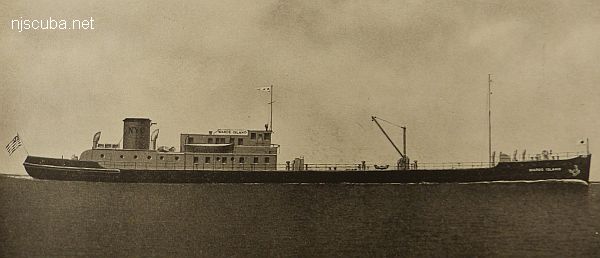
Municipal sludge vessels have been a part of New York City's sludge disposal system since the late 1930s. The Federal Work Projects Administration (WPA) funded and built the first three Motorized Vessels(M/V): M/V Wards Island, M/V Tallman Island, and the M/V Coney Island, launched in January, February, and March 1938. Mayor La Guardia spent a grand total of $1,497,000; each vessel had a capacity of 410,000 gallons of New York's best. Before these vessels were available, sludge was routinely discarded into the surrounding waters from the few sludge facilities operating at that time. As a result, the harbor waters became so polluted that incoming traffic would find their hulls cleaned of any marine life. Unfortunately, much of the protective coatings would be damaged as well.
The Department of Sanitation, which ran the marine operation until the Department of Public Works took control in the 1940s, began restricting sludge disposal into the rivers at the end of the Depression. The concept of using marine vessels to transport and dispose of sludge to offshore waters was taken from Scotland. The New York City vessels, with a total capacity of 40,000 cubic feet, each served the plants for which they were named.
A crew of 20 men was common at this time, with a stewards department and radio officer as part of the complement. During the war years ( 1941-1945 ) the tankers stayed away from the usual dumping area in the Narrows in fear of German U-Boats that lurked off the coast. Instead, the sludge vessels were dispatched to the open waters in the Long Island Sound. After the war, New York City's expansion resulted in the production of more sludge. The number of crews was increased from three to six, allowing for all treated sludge to be removed from the city. When the M/V Owls Head was built in 1952, the crew size was reduced from 20 to 14 men.
In 1972, with regulation under the Marine Protection, Research, and Sanctuaries Act (MPRSA), the vessels began to dump 4.5 mi past the Ambrose Lighthouse ( 12-mile site ) with permits granted by USEPA. By that time the M/V Bowery Bay (1959) and M/V Newtown Creek (1967) had joined the M/V Owls Head. At the same time, the first three vessels ( M/V Wards Island, Tallman Island, and Coney Island ) were retired from the City's service and came to be used by the private sector for hauling sludge for New Jersey municipalities. Wards Island and Tallman Island became barges Susan Frank and Rebecca K. In 1974 the M/V North River joined the sludge hauling operation. The fleet for this program consisted of four vessels until the M/V Bowery Bay was retired in 1987.
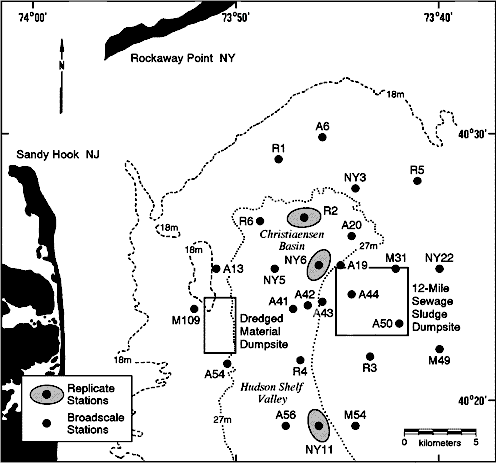
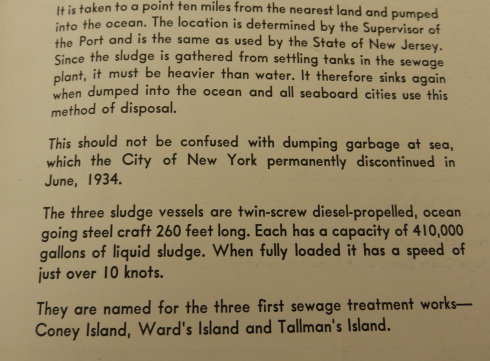
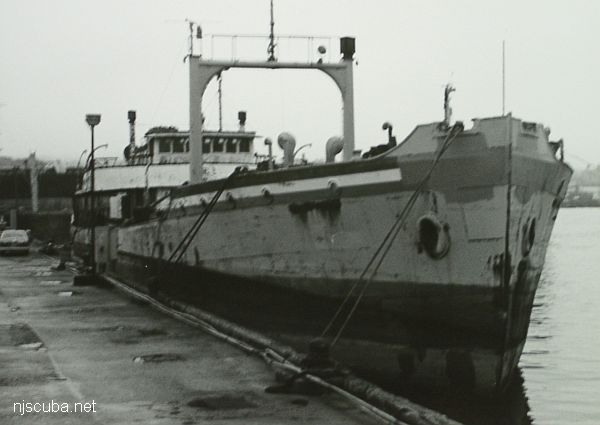
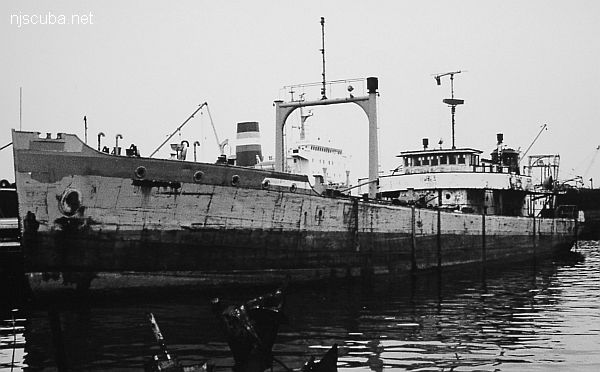
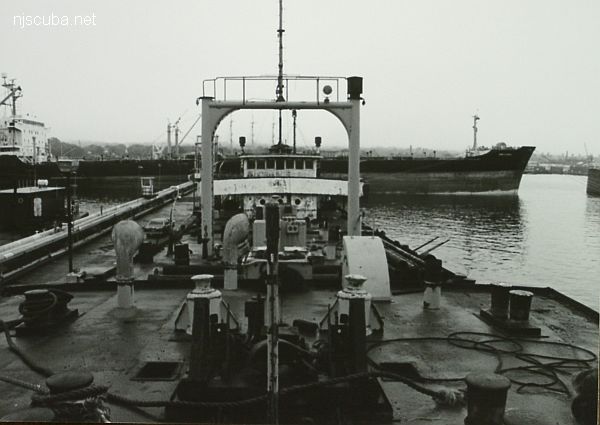
As of 2007, the wreck is falling apart nicely. At the stern, the top of the superstructure is at 90 ft. The main deck is lower at about 110 ft, and the sand in the washout around the hull is at 125 ft. Amidships, the large kingpost has fallen aft onto the deck, making hidey-holes for fish and lobsters.
If you wanted to, you could do a quick tour of the whole length of this wreck in one dive. Most of the superstructure and hull are easily penetrated through large openings, and viz this far offshore tends to be pretty good.
This wreck tends to be visited less often than the two stars of the Shark River Artificial Reef, the Algol and the Stolt. As a consequence, lobster hunting on the Coney Island can be very good: many small and medium-sized keepers, if no really big ones. And there is no need to go to the sand for them, they are inside the hull and even on deck, at much shallower depths. Spearfishing can also be pretty good, with some nice sized 'togs.
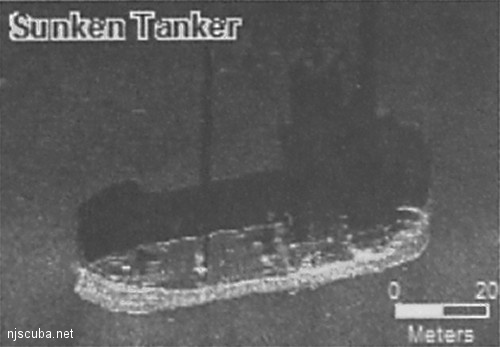
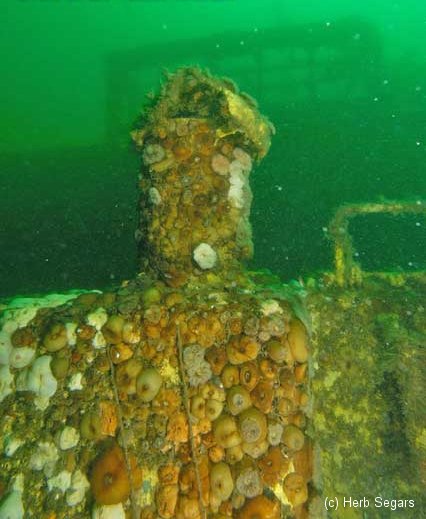
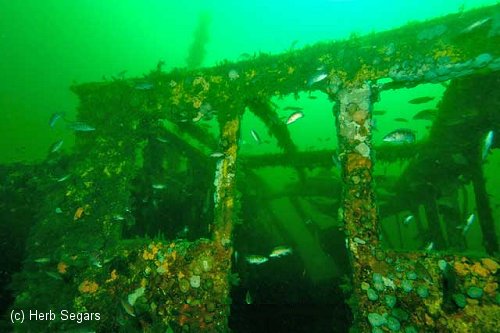
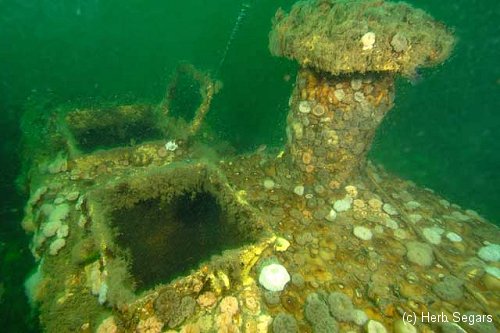
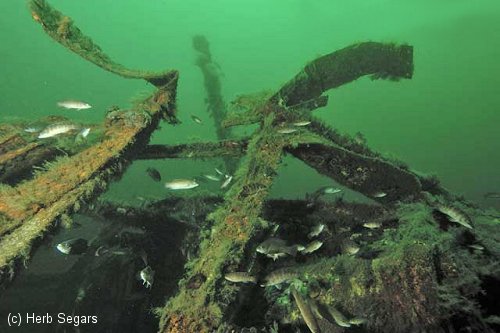
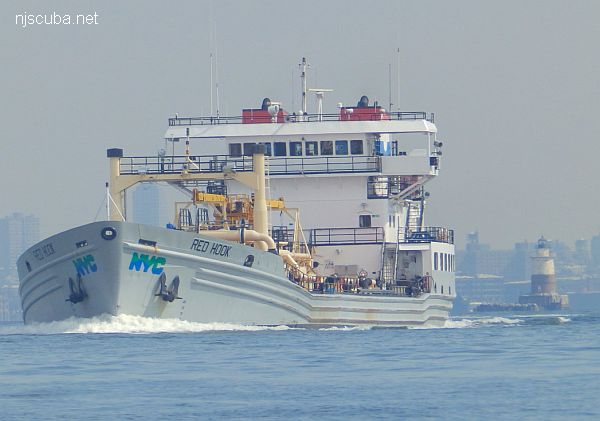
The New York DEP operates a disturbingly large fleet of these. This vessel is one of the successors to the Coney Island, bigger and newer.
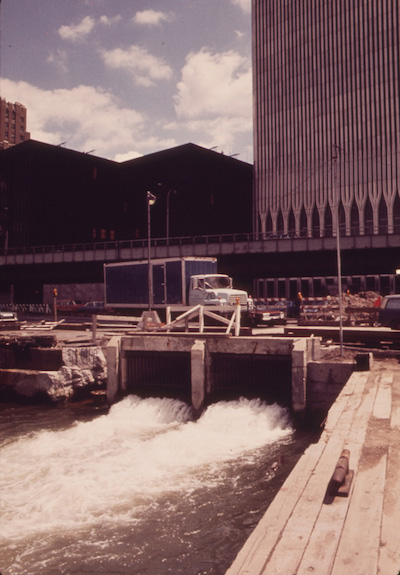
If you think that is bad, this is the old World Trade Center, dumping all of its untreated wastewater directly into the Hudson River. Seems the Port Authority ( also in charge of sanitation ) gave themselves a sweetheart deal when they built the towers. I have personally witnessed the bay waters become much cleaner since the tragedy of 9/11 put a stop to this. I hope the new WTC was designed with sewage treatment facilities.
see R.C. Mohawk, dump sites


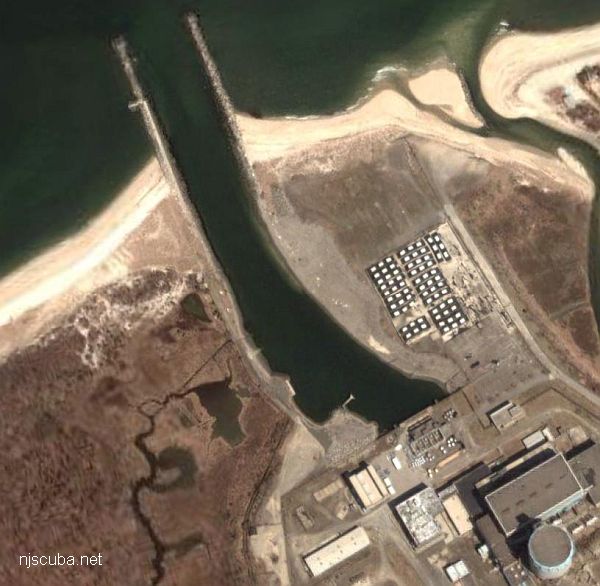
Questions or Inquiries?
Just want to say Hello? Sign the .